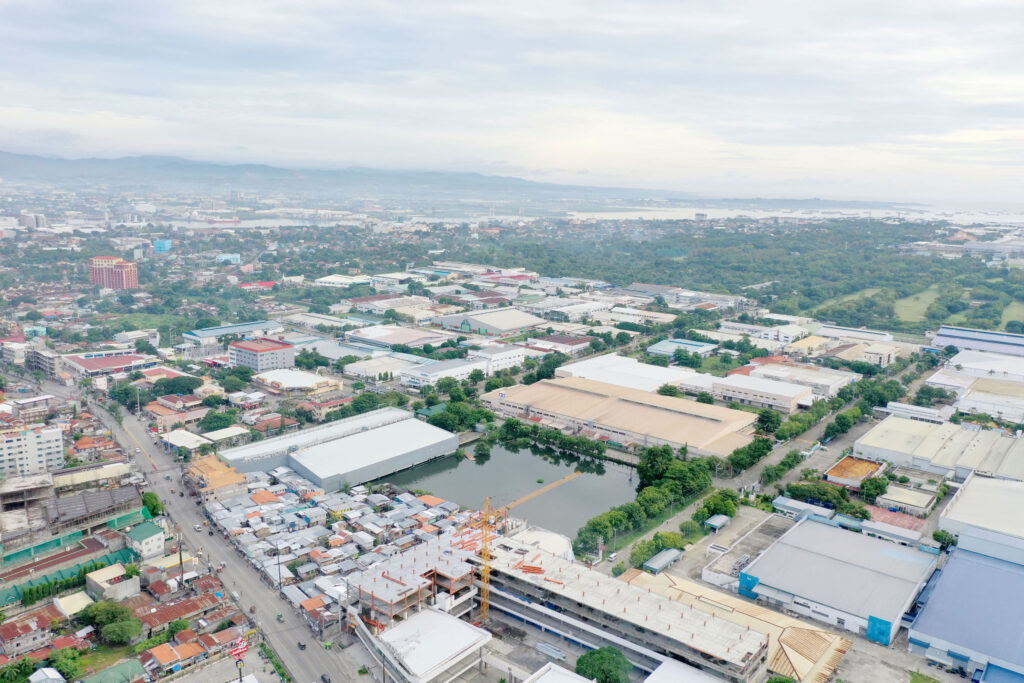Economic Estates: Why They Matter
Blogs
December 5, 2022

The past years have certainly been full of challenges for the Philippines. Confronted with a sluggish economy brought about by a global pandemic the likes of which no one had foreseen, Filipinos had to summon forth the adaptability that has become our national hallmark, finding new ways to do even the most basic activities, including reporting for work and purchasing basic necessities.
While the challenges before us may seem enormous, they by no means insurmountable. All that is required is some ingenuity, creativity, and a little grit, all of which are present in good measure and on full display in each of the integrated economic centers established by Aboitiz Infracapital.
What follows is an overview of the value of integrated economic centers and what their role will be in the months and years ahead.
What are economic estates?
At Aboitiz Group, economic estates (EEs) are master-planned communities that fortify businesses, nurture relationships, and elevate lifestyles. A great deal of care has been taken in the design and development of our three EEs, resulting in best in class commercial, industrial, and residential spaces, built on an unrivaled integrated digital and physical infrastructure.
These centers of commerce and industry offer a number of privileges that incentivize greater occupancy and spur the growth of the EEs, on the one hand, and its locators, on the other. For example, industrial tenants can benefit from the more attractive tax rates that are the right of companies located within a Philippine Economic Zoning Authority (PEZA)-accredited space. Concerns about facility maintenance and upkeep can be coursed through central management, leaving companies more bandwidth to focus on their main operations. Finally, some of the social and environmental costs associated with large industrial facilities are mitigated in well-designed EEs. Employees who work at a company housed in an EE may be allowed to live there with their families, while the latest waste management technologies ensure the safety and sustainability of the EE and its surrounding communities for years to come.
Economic estates and their role in economic recovery
Economic estates have a crucial role to play in the effort to recover from the adverse impact of the global pandemic. The most obvious of these is as an engine for spurring economic activities. The Philippines is sorely in need of an economic boost,its gross domestic product contracted by 9.5%, the largest such contraction in the history of the country. With their favorable tax laws, more welcoming customs policies, and strategic locations, EEs are an effective inducement to foreign investors and local entrepreneurs alike, and have something to offer companies of all sizes and scales. Companies that operate in manufacturing, business process outsourcing (BPO), tourism, or entertainment might find EEs especially beneficial to their operations.
Beyond their role as engines of economic growth, EEs have also had some unexpected effects on the communities they serve. Some studies of special economic zones in Cambodia, for example, have demonstrated that these mixed-use developments have had a marked effect on wage rates between men and women, effectively improving pay equity because of the increased opportunities for employment offered by the economic zone.
Examples in the Philippines
As an example, the LIMA Estate is the largest industrial economic center in the country, spanning around 800 hectares between the cities of Lipa and Malvar in the province of Batangas. More than 60,000 employees come to work at the more than 200 locators in this economic district, many of which operate in the BPO and hospitality spaces. The LIMA Estate is also home to a hotel with 148 rooms, a major transportation hub, and more than 2000 residences.
Meanwhile, the Mactan Economic Zone II covers more than 63 hectares of land and is a PEZA-registered zone located in Lapu-Lapu City, Cebu. With an extensive selection of retail outlets and restaurants, it is home to 49 locators that provide employment to more than 14,000 people. While already an impressive development, this EE still has a lot of potential for growth and expansion, with spaces still available for companies operating in the BPO, hospitality, and tourism industries.
Finally, there’s also West Cebu Industrial Park, also located in Cebu Province, in the Municipality of Balamban. Known as the “Shipbuilding Capital of the Philippines,” this 540-hectare mixed-use development is home to a 283-hectare PEZA-registered economic zone. Currently, it serves 12 locators and 14,000 skilled workers, many of whom work in the shipbuilding and manufacturing industries.
With an EE as an attractive destination for leisure, recreation, and professional development, the future is indeed bright for the country and its people.


























